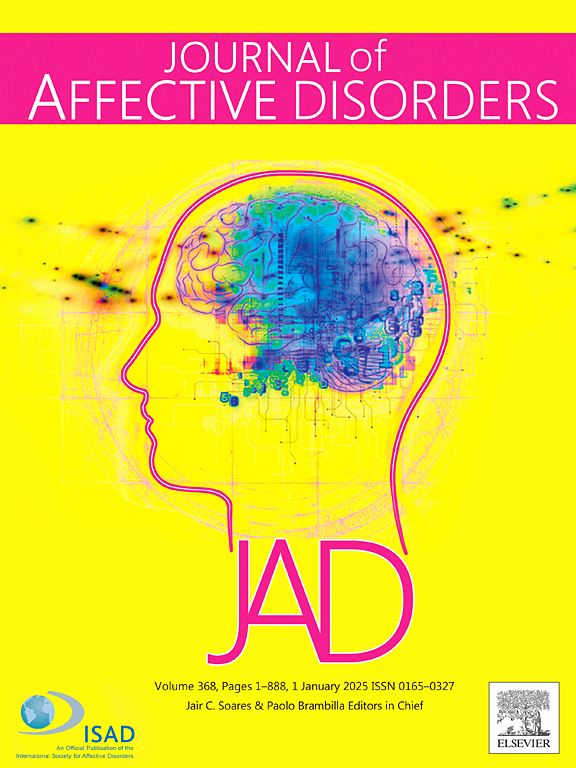Factor structure and measurement invariance of the GAD-7 across time, sex, and language in young adults
IF 4.9
2区 医学
Q1 CLINICAL NEUROLOGY
引用次数: 0
Abstract
Introduction
The Generalized Anxiety Disorder-7 Scale (GAD-7) is widely used to measure anxiety symptom severity. One-factor, two-factor, and bifactor latent structures are supported by previous research. Yet, measurement invariance of the GAD-7 across sex and language (i.e., between groups) and longitudinally (i.e., within group over time) is infrequently studied in population-based samples. The objective was to examine the factor structure of the GAD-7 and its measurement invariance across sex, language, and time in young adults.
Methods
Data were drawn from an ongoing longitudinal investigation in Canada that began in 1999–2000 at age 12. One-factor, two-factor, and bifactor (S-1) models were compared in a sample of 799 participants at age 30. Measurement invariance was tested using multigroup confirmatory factor analyses iteratively in four steps (i.e., configural, thresholds, thresholds and loadings/strong) across sex (male; female) and language of questionnaire completion (English; French). Invariance across time was tested among 633 participants with data at ages 30, 34 and 35.
Results
A one-factor model showed the best fit. Partial strong invariance across sex and full strong invariance across language of the one-factor model was demonstrated. Strong invariance across time was also demonstrated, indicating stability in parameters over time for the same participants ages 30 to 35.
Limitations
The results are restricted to young adults and may not generalize to wider age ranges. Participants are predominantly born in Canada and report high levels of education and employment.
Conclusion
The one-factor structure of the GAD-7 demonstrated measurement invariance across sex, language, and time in young adults.
求助全文
约1分钟内获得全文
求助全文
来源期刊

Journal of affective disorders
医学-精神病学
CiteScore
10.90
自引率
6.10%
发文量
1319
审稿时长
9.3 weeks
期刊介绍:
The Journal of Affective Disorders publishes papers concerned with affective disorders in the widest sense: depression, mania, mood spectrum, emotions and personality, anxiety and stress. It is interdisciplinary and aims to bring together different approaches for a diverse readership. Top quality papers will be accepted dealing with any aspect of affective disorders, including neuroimaging, cognitive neurosciences, genetics, molecular biology, experimental and clinical neurosciences, pharmacology, neuroimmunoendocrinology, intervention and treatment trials.
 求助内容:
求助内容: 应助结果提醒方式:
应助结果提醒方式:


